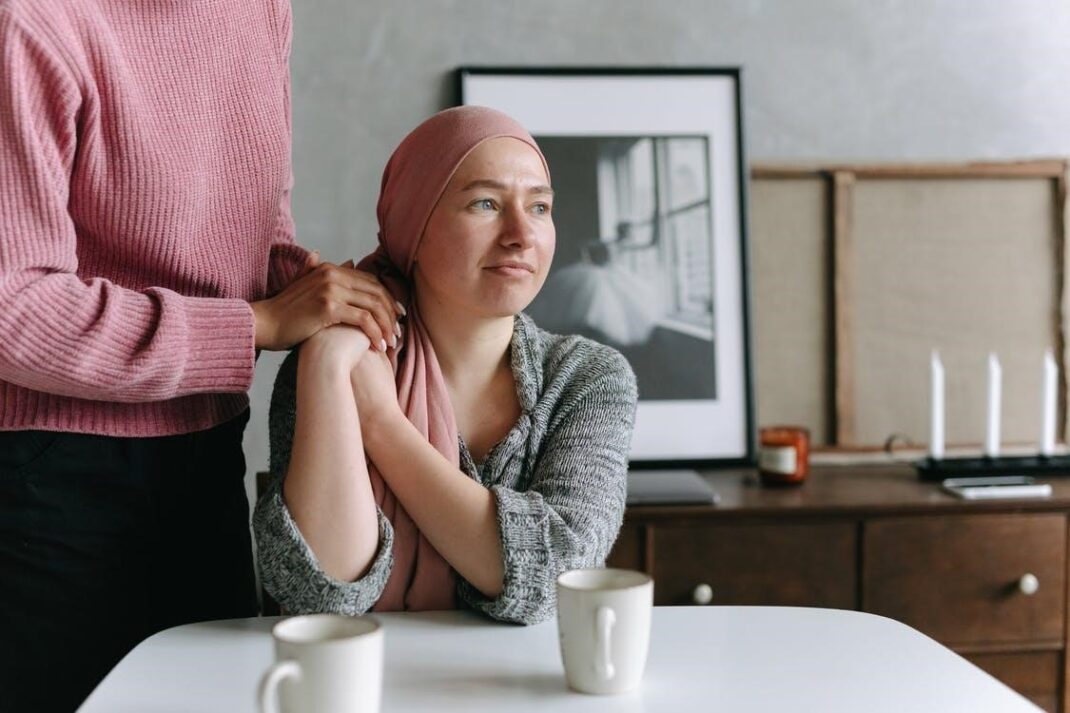Uterine and Endometrial Cancer — Risks and Prevention

Unfortunately, one of the deadliest and most popular cancers is uterine cancer and endometrial cancer. These female reproductive health diseases gain popularity as the lifestyles of women around the world change. However, you can treat it if you consult the doctor well on time.
Please read on to know more about these deadly diseases.
Risk Factors
Uterine cancer is the most common gynecologic cancer, accounting for about 90% of cancers. In 2012, about 14,450 new cases of invasive uterine cancer and around 4,660 new cases of endometrial cancer were diagnosed.
Uterine Cancer:
Risk factors for uterine cancer include age from when your periods first start until your menopause, age at first full-term pregnancy, number of full-term pregnancies, age at first birth, parity, history of abortions, and the history of pelvic inflammatory disease. The signs of this cancerous disease include hematuria (blood in the urine), abnormal vaginal bleeding, pelvic pain, and abdominal discomfort. The cause of uterine cancer is unknown, but risk factors such as exposure to toxins, radiation, and certain chemicals play a role in the etiology of the disease.
Endometrial Cancer:
This disease affects women deeply. It causes infertility, making it difficult for many women to seek treatment. The risk of this disease increases with age. Even though it can be treated, it does leave behind a huge strain on your relationships.

Symptoms
Uterine Cancer:
The symptoms may include bleeding between periods or after sex, pelvic or abdominal pain or pressure, pelvic or back pain, or vaginal discharge. There may be more symptoms, such as weakness and excessive cramps. However, these are the most common ones that you should look out for.
The signs of this cancerous disease also include vaginal bleeding, pain during sex, and vaginal discharge. If you have any of these symptoms, you should immediately contact your healthcare provider. However, unlike cervical cancer, uterine cancer does not cause fever. Hence, do not wait for a fever to get in line to go to the doctor.
Endometrial Cancer:
Abnormal vaginal discharge, painful intercourse, and pelvic pain are the first sign of this disease. However, in this kind of cancer, you may see fever on and off, especially during your period days, even if you miss them.
Since this cancer is associated with age, you may see a lot of heavy bleeding post-menopause. You should take this bleeding as the most alerting symptom. Another common symptom includes painful or burning urination.
Prevention
Uterine Cancer:
Unfortunately, we cannot prevent this cancerous disease. However, there are lifestyle changes you can make to reduce your risk of developing uterine cancer.
To help prevent uterine cancer, women should limit their exposure to chemicals in products they wear on their skin, especially near their vaginal area. Moreover, eating clean and healthy food helps reduce exposure to chemicals.
Doctors commonly claim that being physically active and having a healthy weight is a great way to keep yourself from this disease. Studies also show that taking birth control pills can significantly lower the risk of uterine cancer in women.
Endometrial Cancer:
The cause of endometrial cancer is indefinite, while factors are feeding to its possibility. However, certain factors may increase the likelihood of a woman developing the disease.
The biggest and most basic being overweight, having a family history of endometrial cancer, having multiple children at an early age, and being older are all risk factors for endometrial cancer.
Preventing endometrial cancer means having a healthy diet and a physically active lifestyle. Even if you are not overweight, you should always consider these things.
Smoking tends to feed endometrial cancers. Hence, quitting should be your priority. Most importantly, regularly go to the doctor, even if you have a distant family relative with a history.
Treatment:
Uterine Cancer:
This type of cancer can be treated. However, if cancer has already spread to other locations in the body, it becomes difficult to treat. This is no reason to be hopeless. While your doctor can guide you best, we will still tell you the basics of the treatment of Uterine Cancer.
There are many treatment options available for uterine cancer. Surgery and chemotherapy are the two most common treatments. Surgery often treats Stage I cancer, and chemotherapy commonly treats Stage II and III cancer. This may follow up with several other therapies going on the side.
Endometrial Cancer:
The most common treatment is the removal of fallopian tubes, uterus, and ovaries. This can be followed by radiation depending on how far the cancer is spread.
Another option is chemotherapy and hormone therapy. Hormone therapy blocks the hormones that the cancer cells feed on.
It is important to note that either of the treatments for either of the cancers is very emotionally and physically draining. If you know someone going through this, please reach out to support them.
Conclusion
Uterine and endometrial cancer are devastating diseases that disproportionately affect women. Women with endometrial and uterine cancer have worse prognoses than their counterparts. This condition has a substantial emotional impact. The emotional burden of uterine and endometrial cancer increases as women age and get the disease at an older age.
Uterine and endometrial cancer affects more than two million people each year. 1.4 million are diagnosed with uterine cancer, and 600,000 have endometrial cancer. Furthermore, there is a positive association between obesity and endometrial cancer. Therefore, urologic surgeons and oncologists must work together to deliver the best possible treatment for this deadly disease.